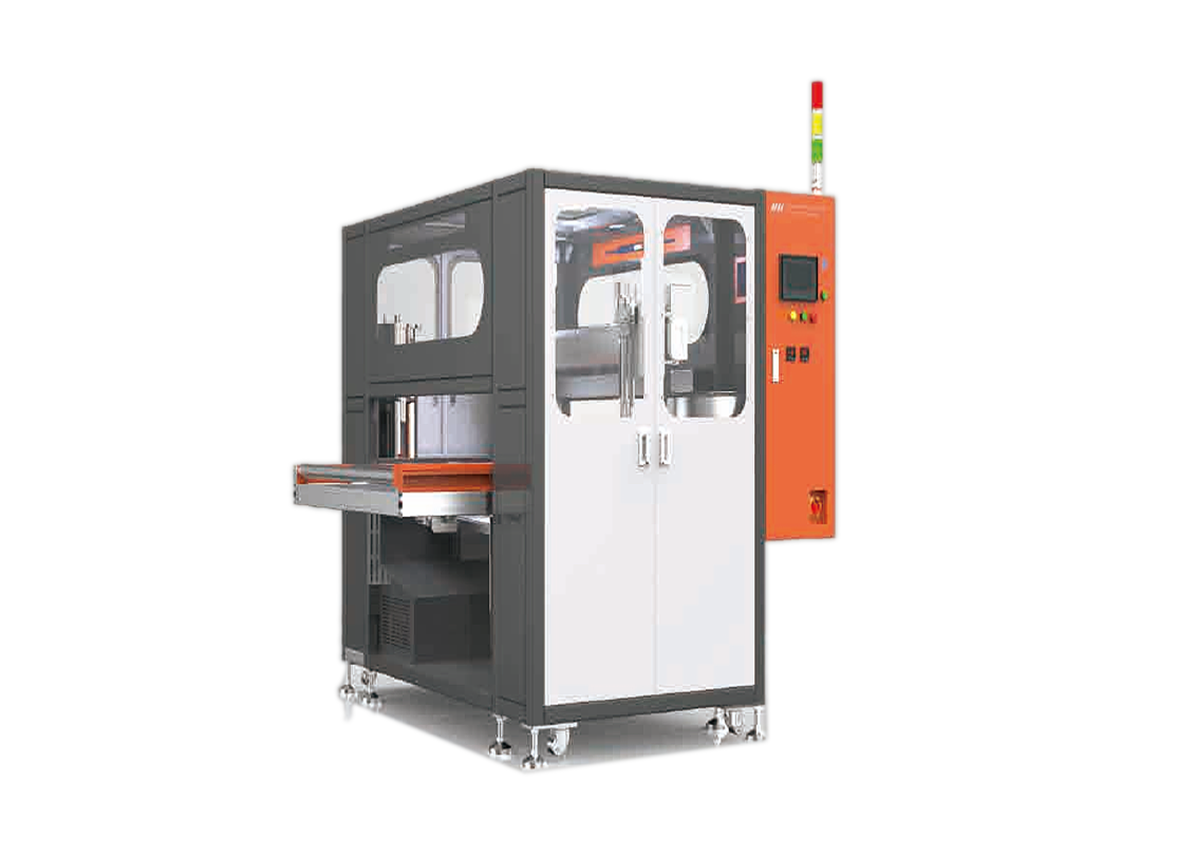
What is the working principle of servo glue spraying line
source:shengtongsy.com | Release time:2025年03月25日1. motion control principle: the servo motor drive system is one of the core parts of the servo glue spraying line. The servo motor can correctly control the movement track and speed of the glue applicator according to the command sent by the control system. By converting the electrical signal into the correct mechanical movement, it realizes the correct positioning of the gluing head in the X, y, Z axis directions. For example, when the complex shaped workpiece needs to be glued, the control system will send the corresponding pulse signal to the servo motor according to the preset program, and the servo motor will correctly control the moving distance and speed of the gluing head according to the number and frequency of pulses, so as to ensure that the glue can be evenly applied on the surface of the workpiece according to the predetermined trajectory.
2. glue supply principle: the glue supply system is responsible for delivering glue to the glue applicator. It usually includes components such as glue storage tank, pump, flowmeter and pressure sensor. The glue storage tank is used to store glue. The pump will extract the glue from the storage tank and deliver it to the gluing head. The flowmeter is used to monitor the flow of glue in real time, and the pressure sensor is used to detect the pressure in the glue supply system. By adjusting the speed of the pump through the control system, the output flow of glue can be correctly controlled to meet the requirements of glue quantity for different gluing tasks. At the same time, the pressure information fed back by the pressure sensor can help the control system adjust the working state of the pump in time, ensure the stability of the glue supply pressure, and avoid problems such as uneven glue amount or glue leakage caused by pressure fluctuation.
3. gluing executive principle: the gluing executive mechanism is mainly composed of gluing head, which is a component that directly applies glue to the workpiece. The design of gluing head is different according to different gluing processes and glue properties. Common types include needle type, jet type and roller type. For example, the needle type glue applicator is suitable for glue applicators with small amount and high precision. It can correctly control the extrusion amount and coating position of glue by controlling the opening and closing degree and movement speed of the needle; The spray type glue applicator can realize the correct glue point injection at high speed, which is suitable for the glue application of small components such as electronic components; The roller type gluing head is suitable for large area and uniform gluing. The glue is evenly coated on the surface of the workpiece through the rolling of the roller.
4. system control principle: the control system is the "brain" of the servo glue spraying line, which is responsible for coordinating the work of each part and realizing the automatic control of the whole gluing process. The control system usually uses programmable logic controller (PLC) or industrial computer and other equipment to set the gluing parameters, such as gluing speed, gluing amount, movement track, etc., by programming. The operator can input relevant parameters and instructions through the human-machine interface (HMI), and the control system will send control signals to the servo motor drive system and the glue supply system according to these information. At the same time, it will monitor the operation status of each part in real time, such as the motor speed, glue flow, pressure and other parameters, and adjust and optimize them according to the feedback information to ensure the stability and correctness of the gluing process. In addition, the control system also has the function of fault diagnosis and alarm, which can give an alarm and stop the operation of the equipment in time in case of abnormal conditions, so as to protect the safety of equipment and products.
prev:
What is the double tube precision screw valve glu…
next:
What are the characteristics of the glue supply s…

 中文
中文 英文
英文




 WeChat official account
WeChat official account
 Scan your phone once
Scan your phone once
 Wechat ID:
Wechat ID:
 wechat
wechat
 contact
contact
 phone
phone